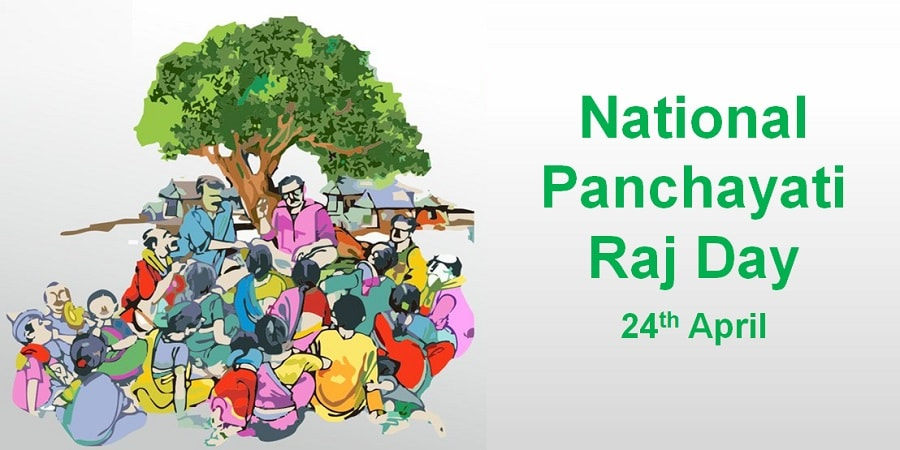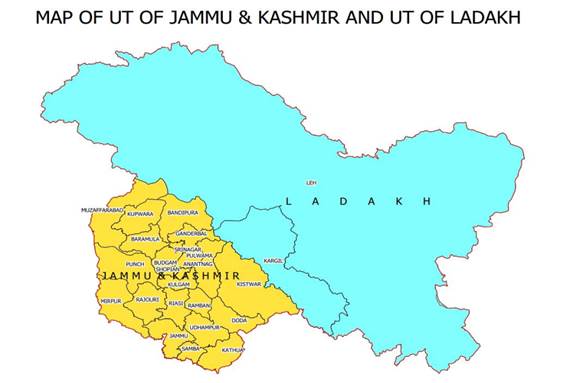Free Courses Sale ends Soon, Get It Now


Free Courses Sale ends Soon, Get It Now



Copyright infringement not intended
Context - The Prime Minister visited Jammu and Kashmir to celebrate National Panchayati Raj Day.
Details
Status of Jammu and Kashmir

Copyright infringement not intended
Key facts about Jammu and Kashmir
Step by the Government to promote rural development
https://indianexpress.com/article/india/narendra-modis-palli-kashmir-youths-7884971/
© 2024 iasgyan. All right reserved